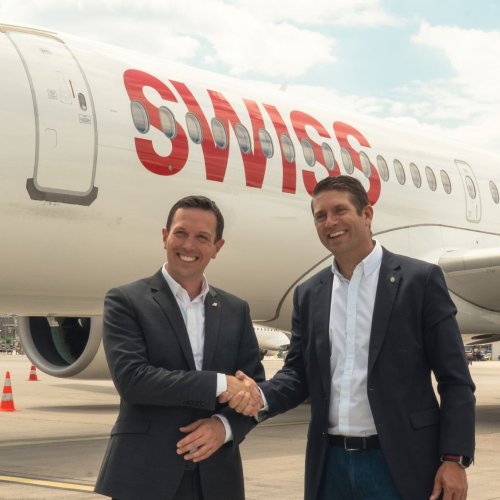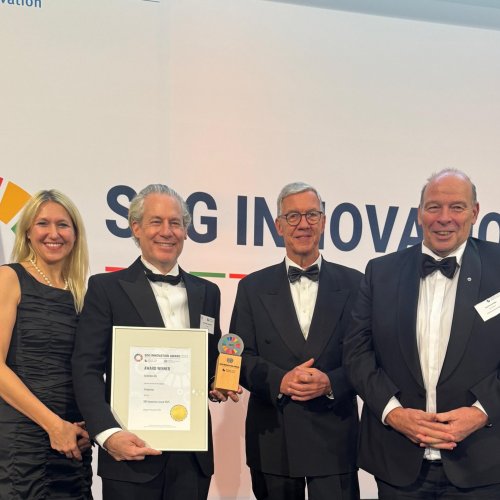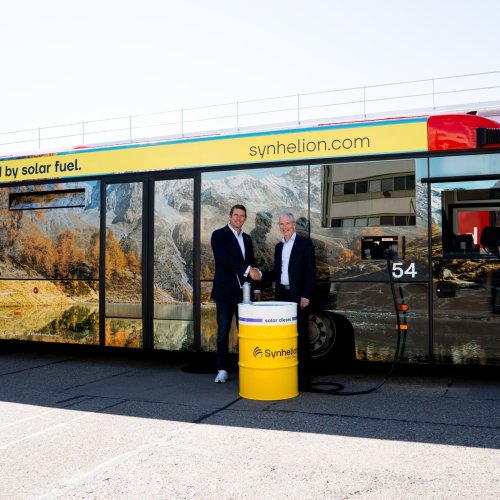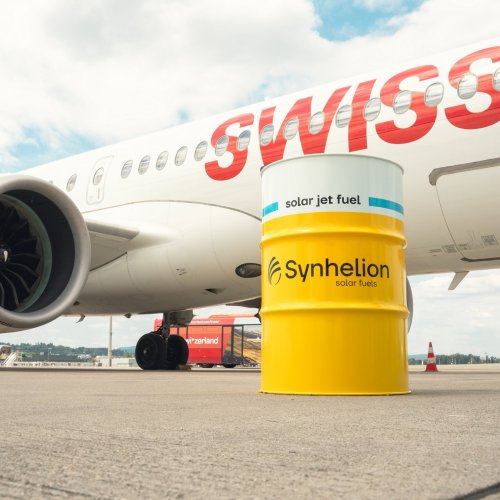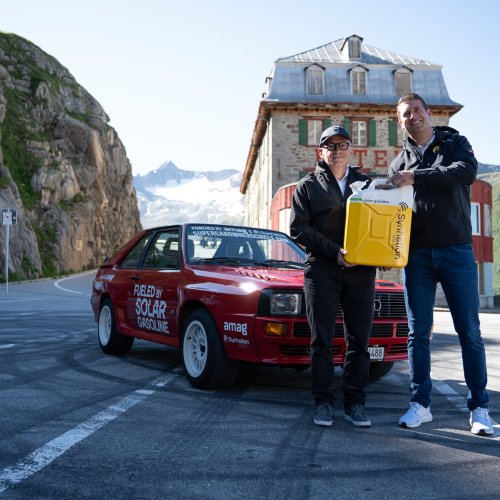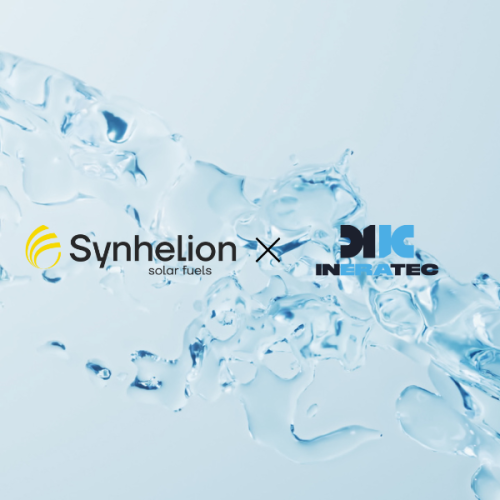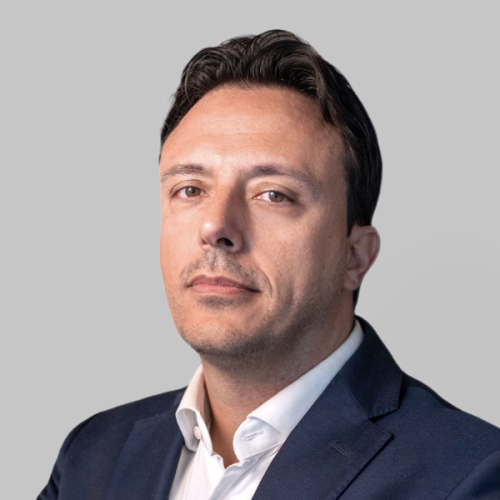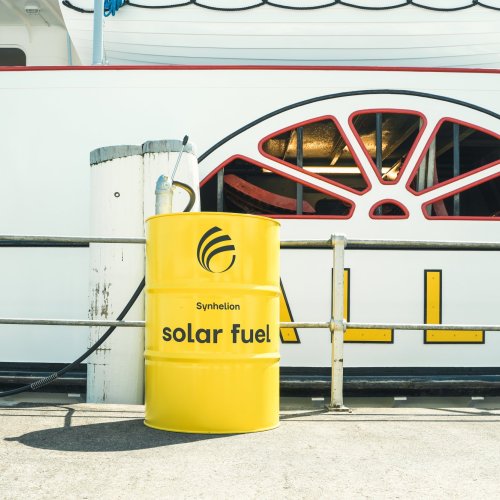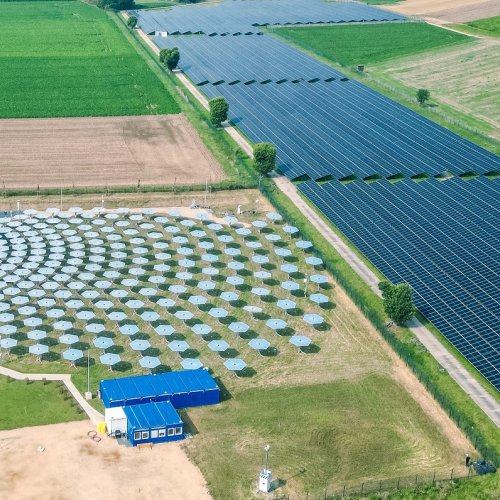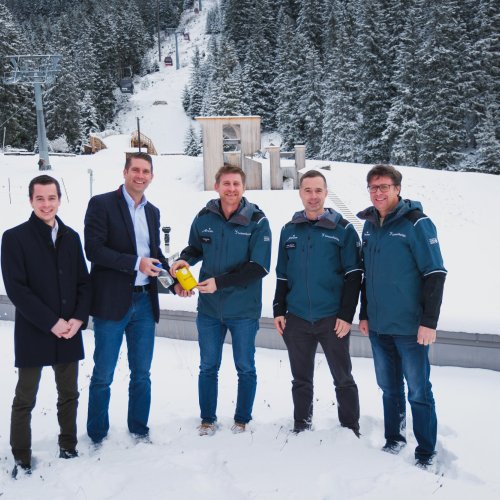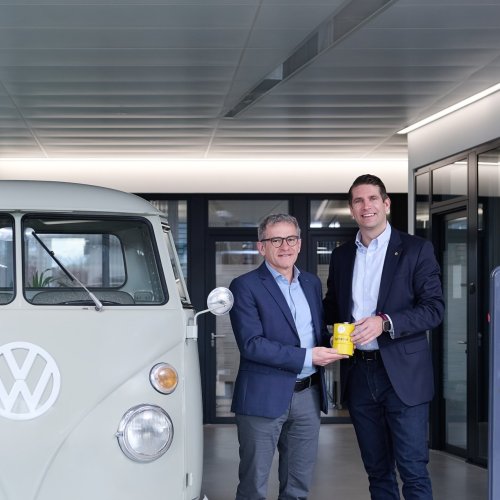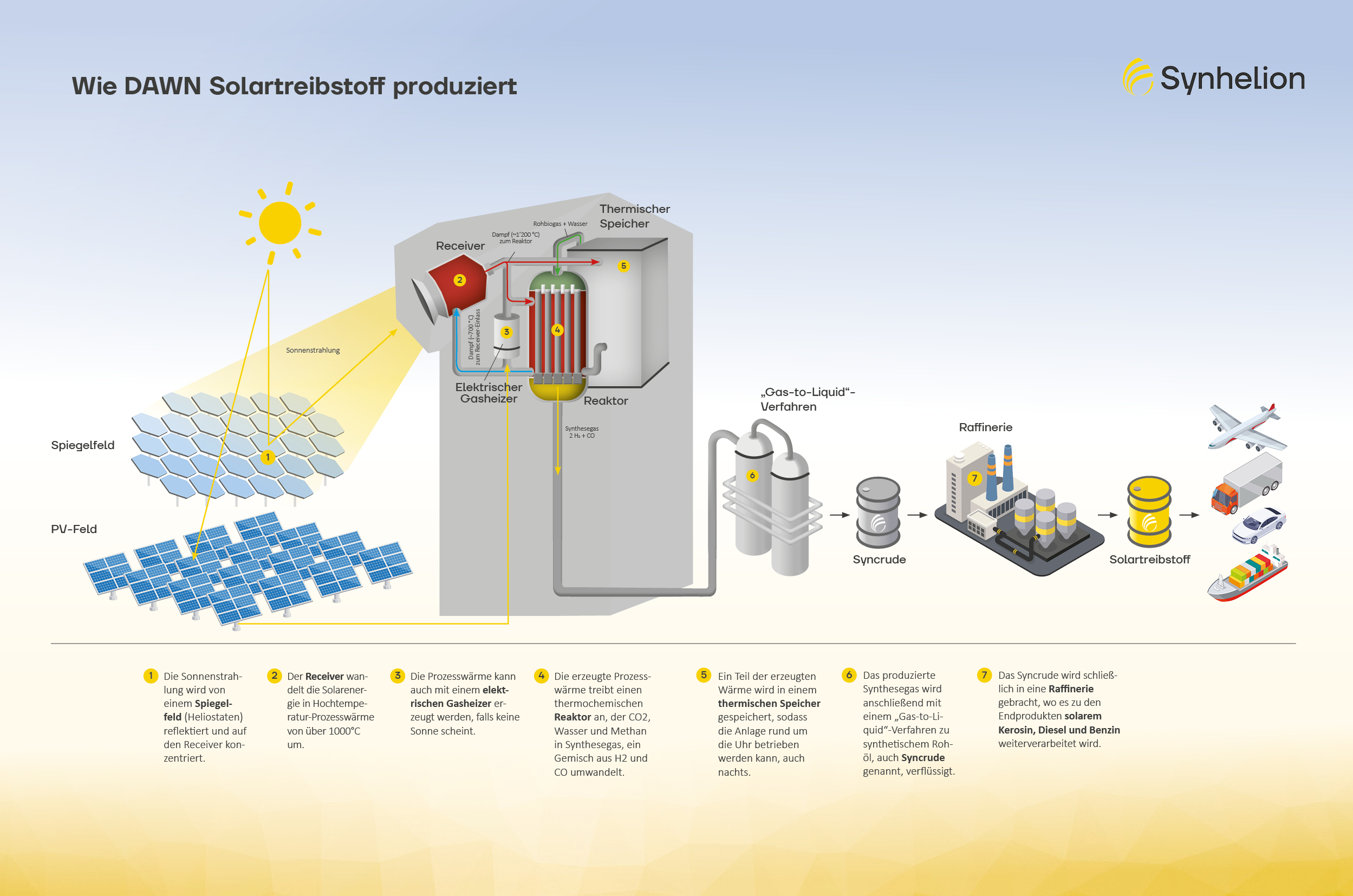Press Kit
Content
Further pictures and video footage available upon request.
Synhelion at a glance

2016
Founding year

ETH Zurich and DLR
Origin

2
Countries

60
Employees

21
Patent families

CHF 90 M
Funding

1
Active industrial plants

400+ million tons per year
Renewable fuel demand by 2050
Images
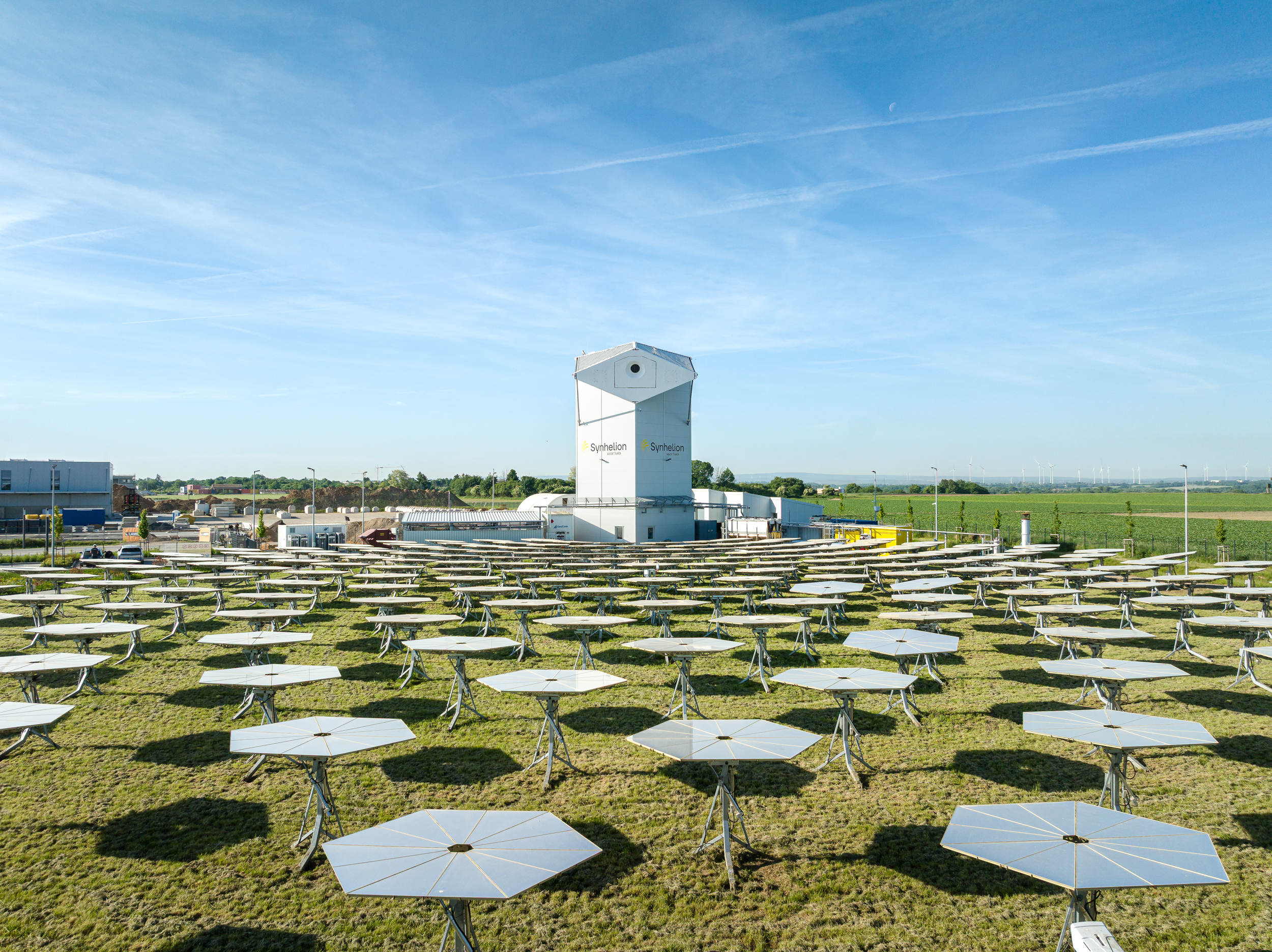
Download | Source: Synhelion
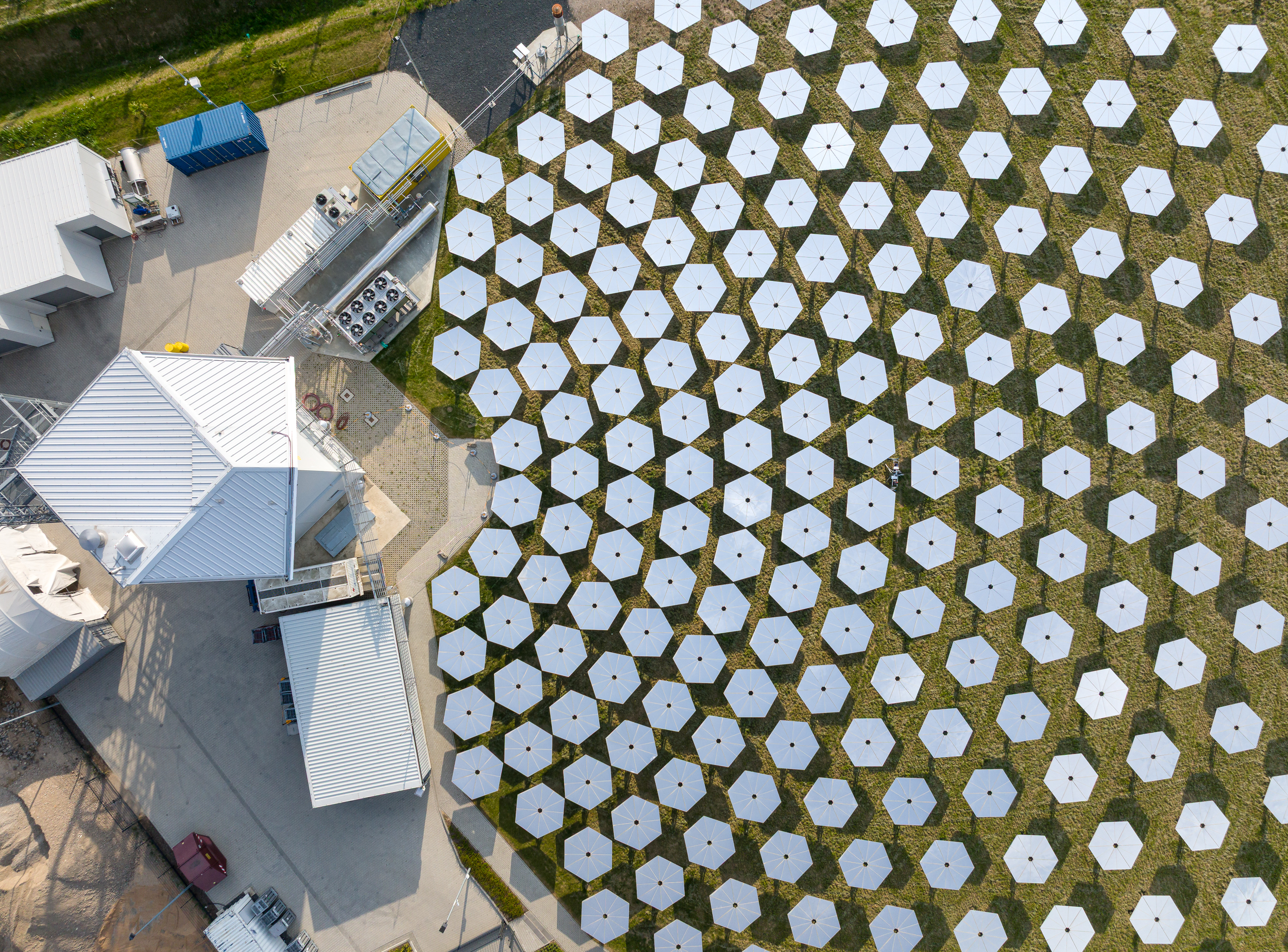
Download | Source: Synhelion
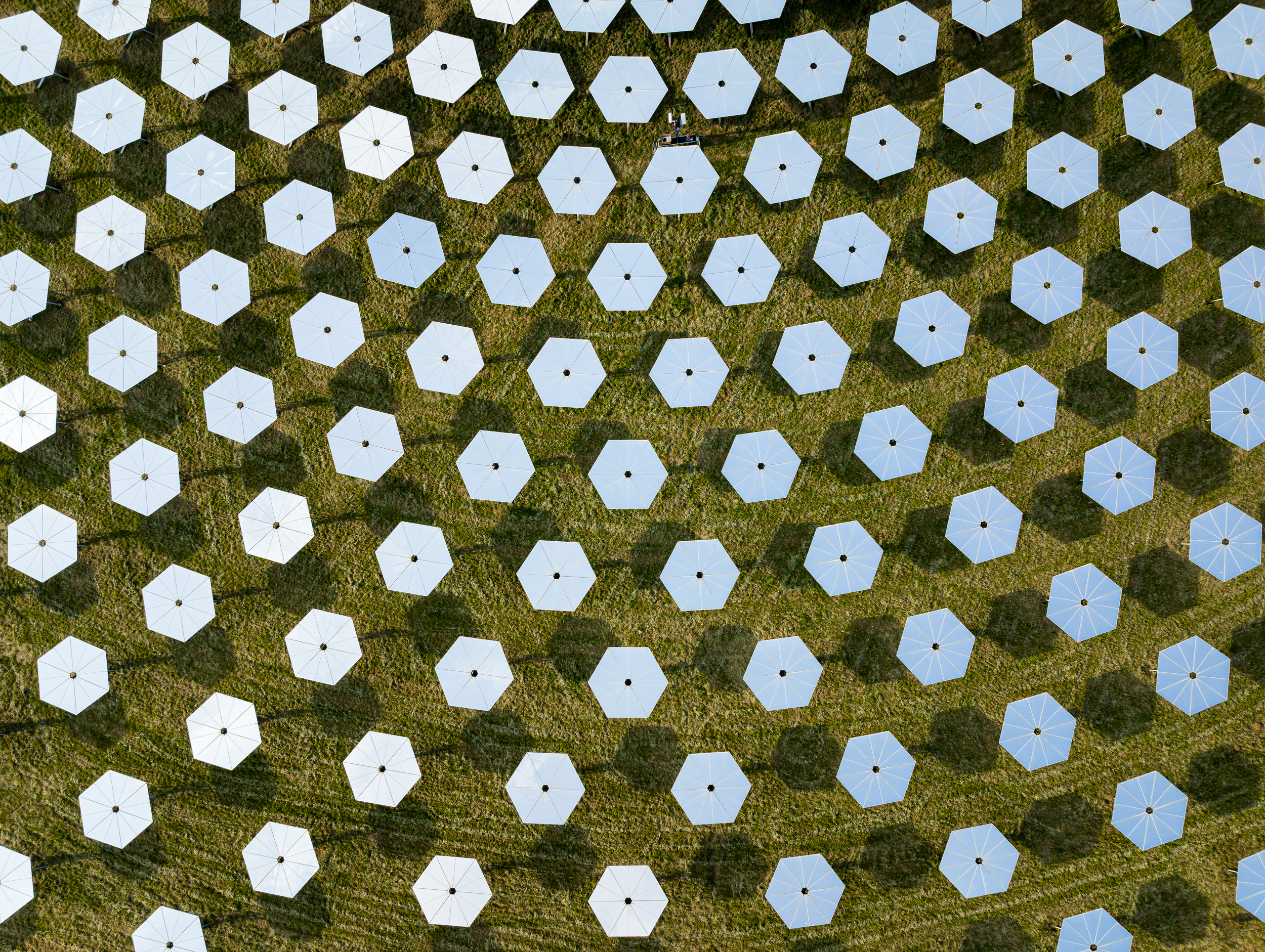
Download | Source: Synhelion
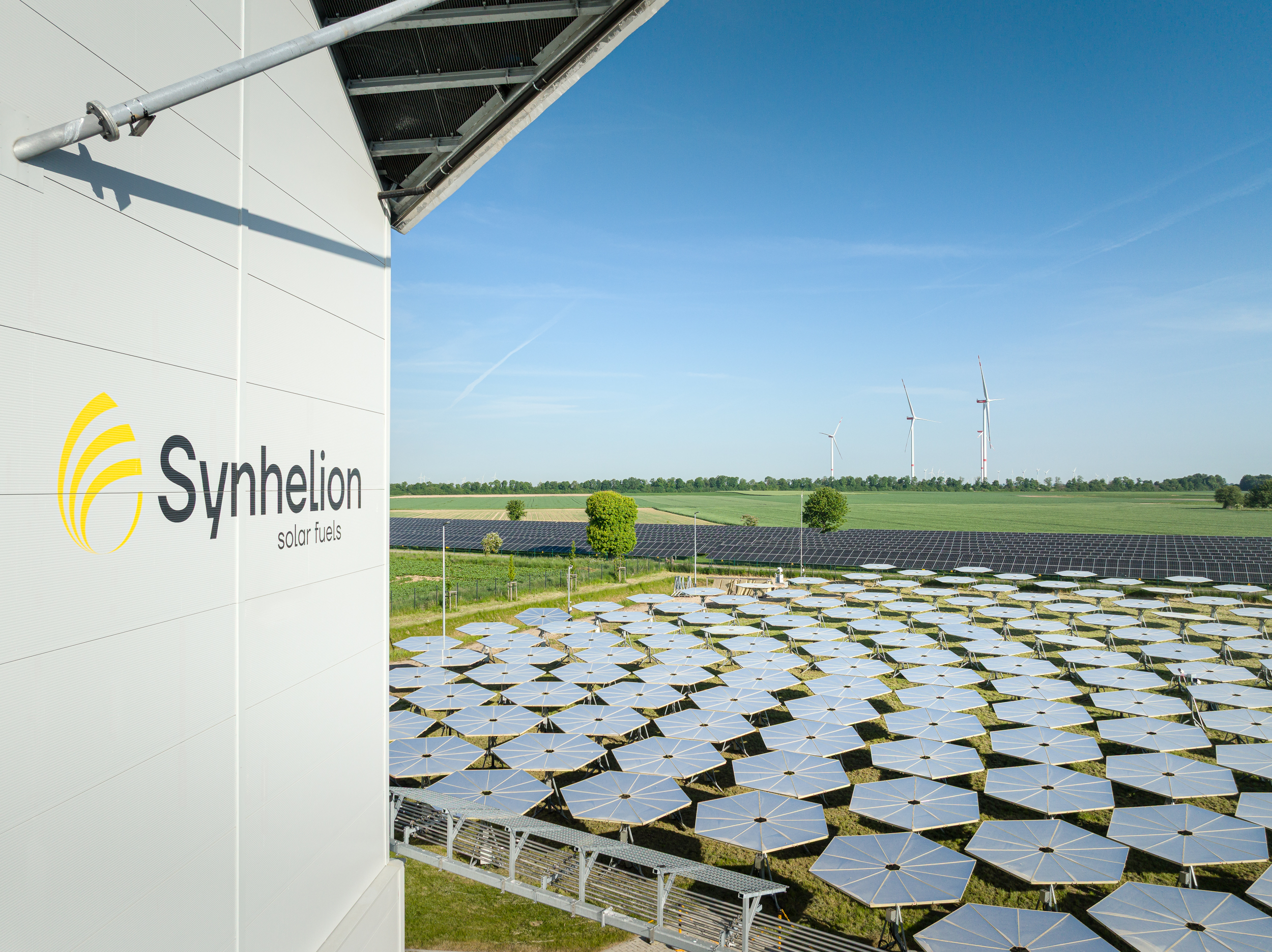
Download | Source: Synhelion
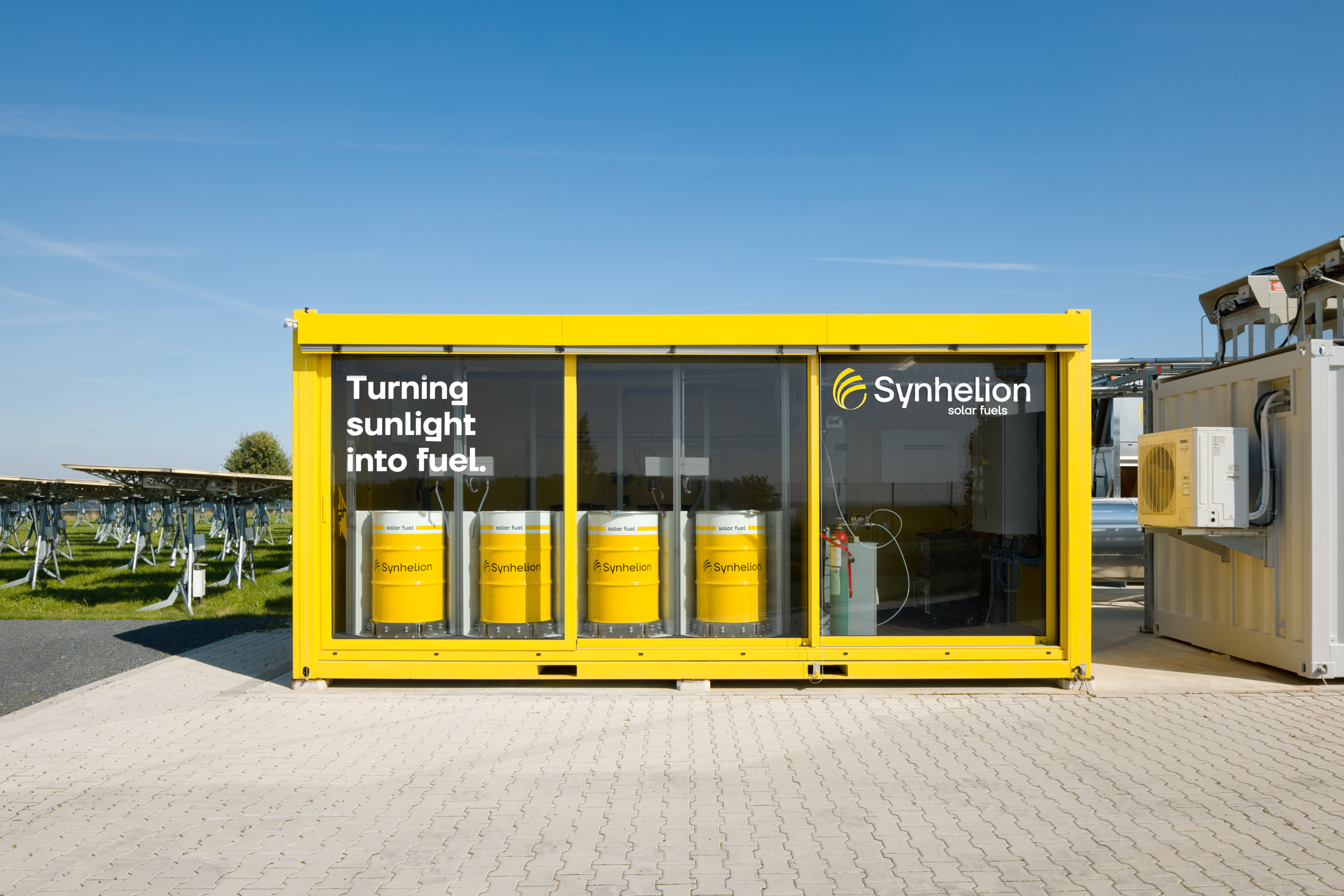
Download | Source: Synhelion
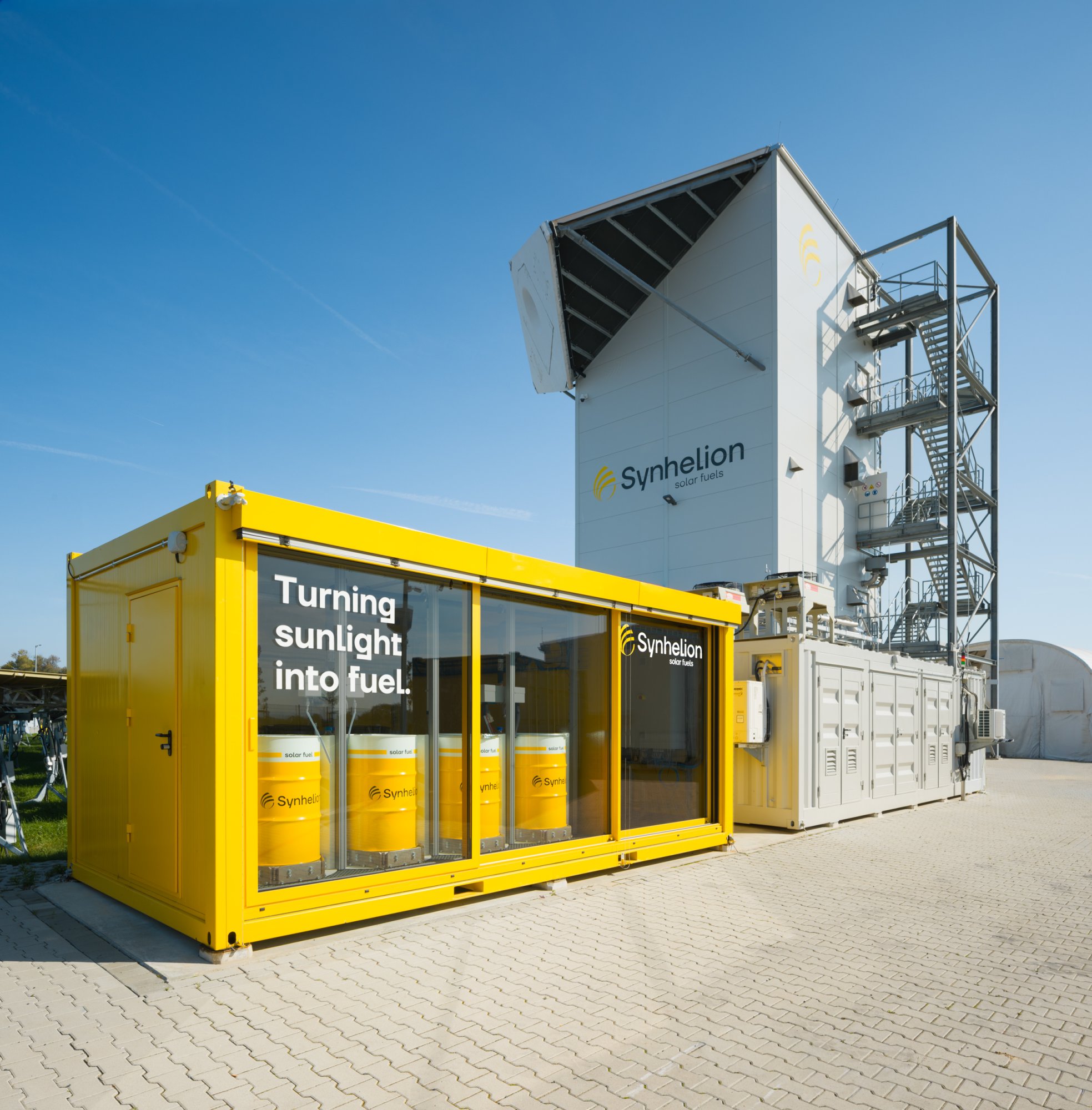
Download | Source: Synhelion
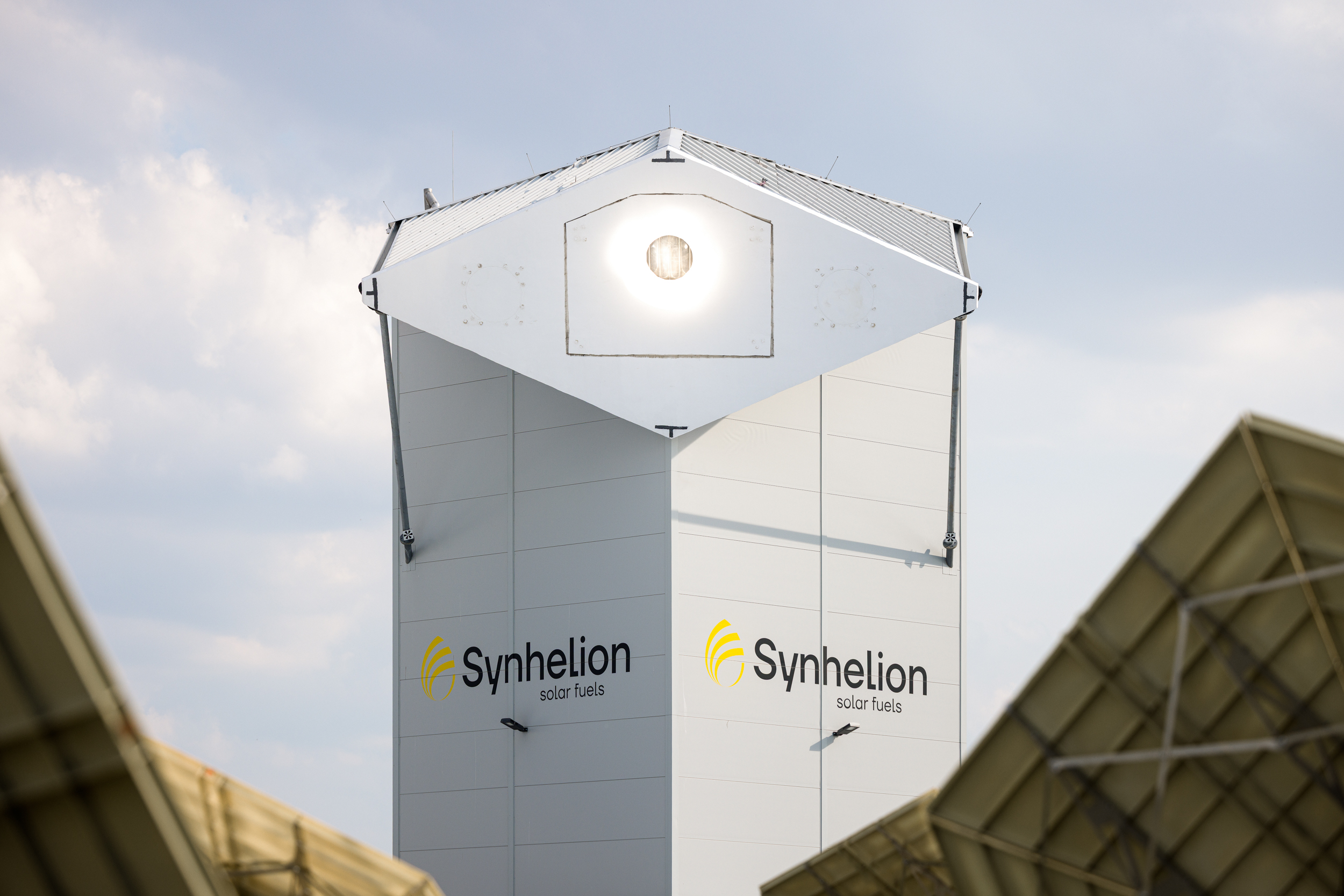
Download | Source: Synhelion
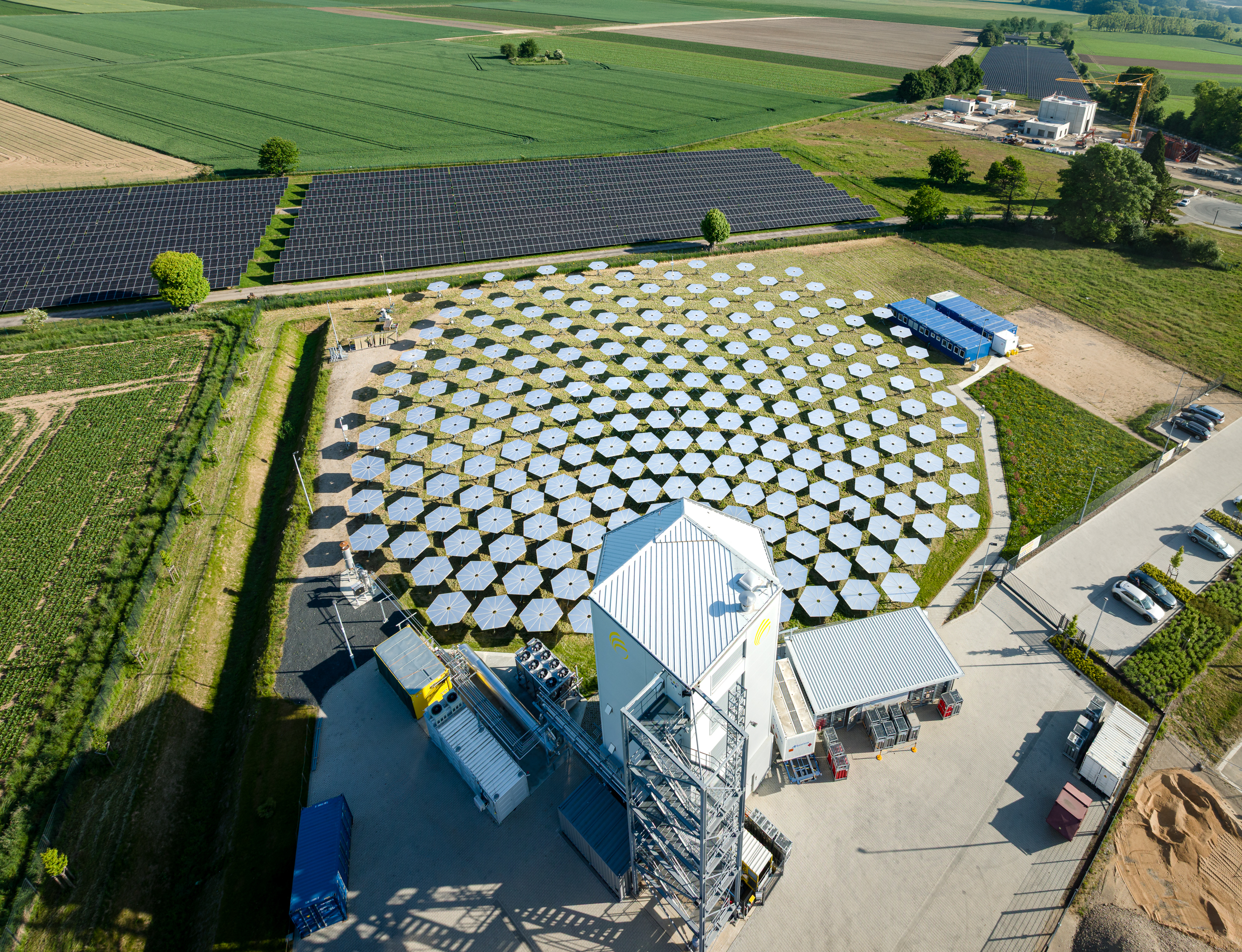
Download | Source: Synhelion
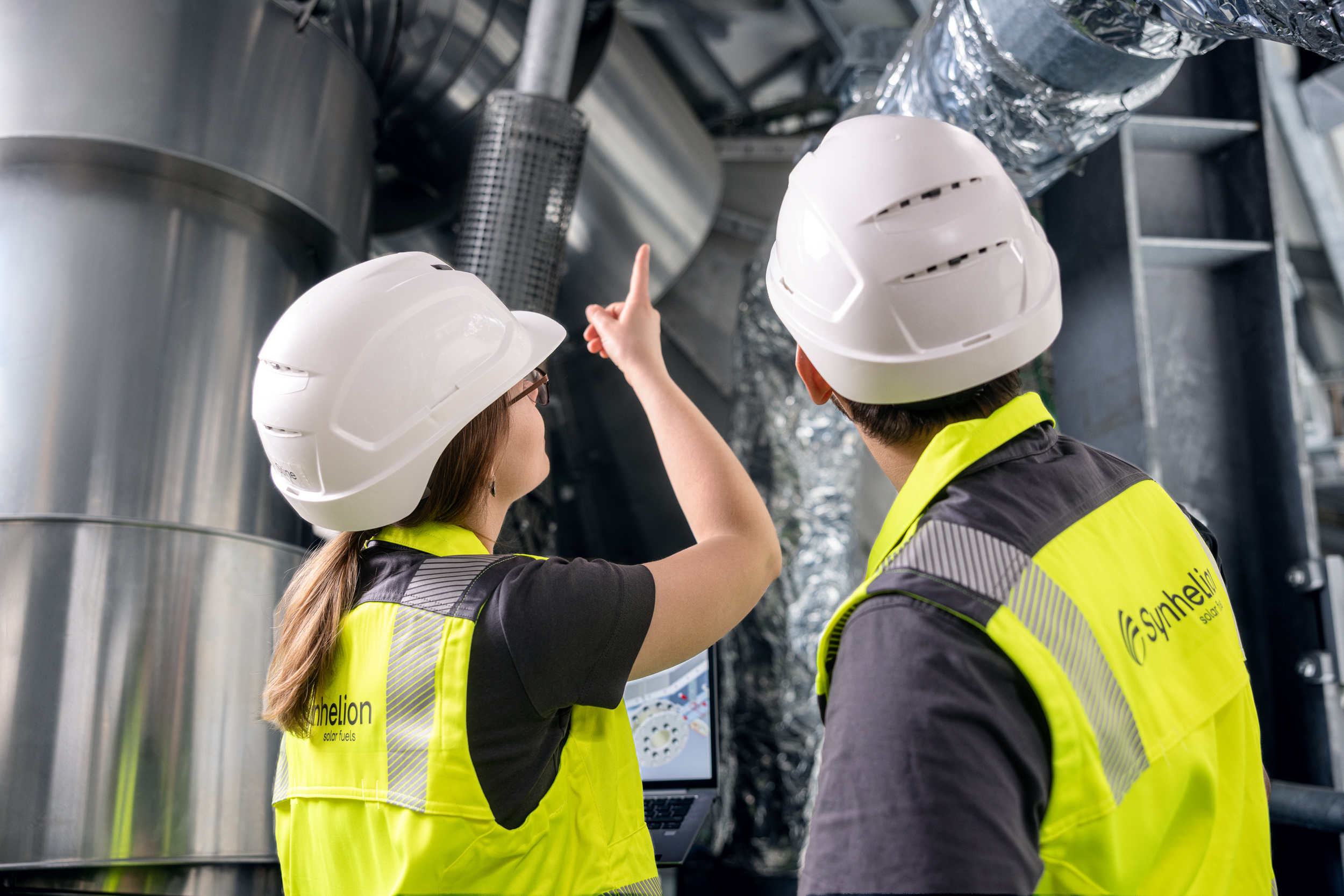
Download | Source: Synhelion
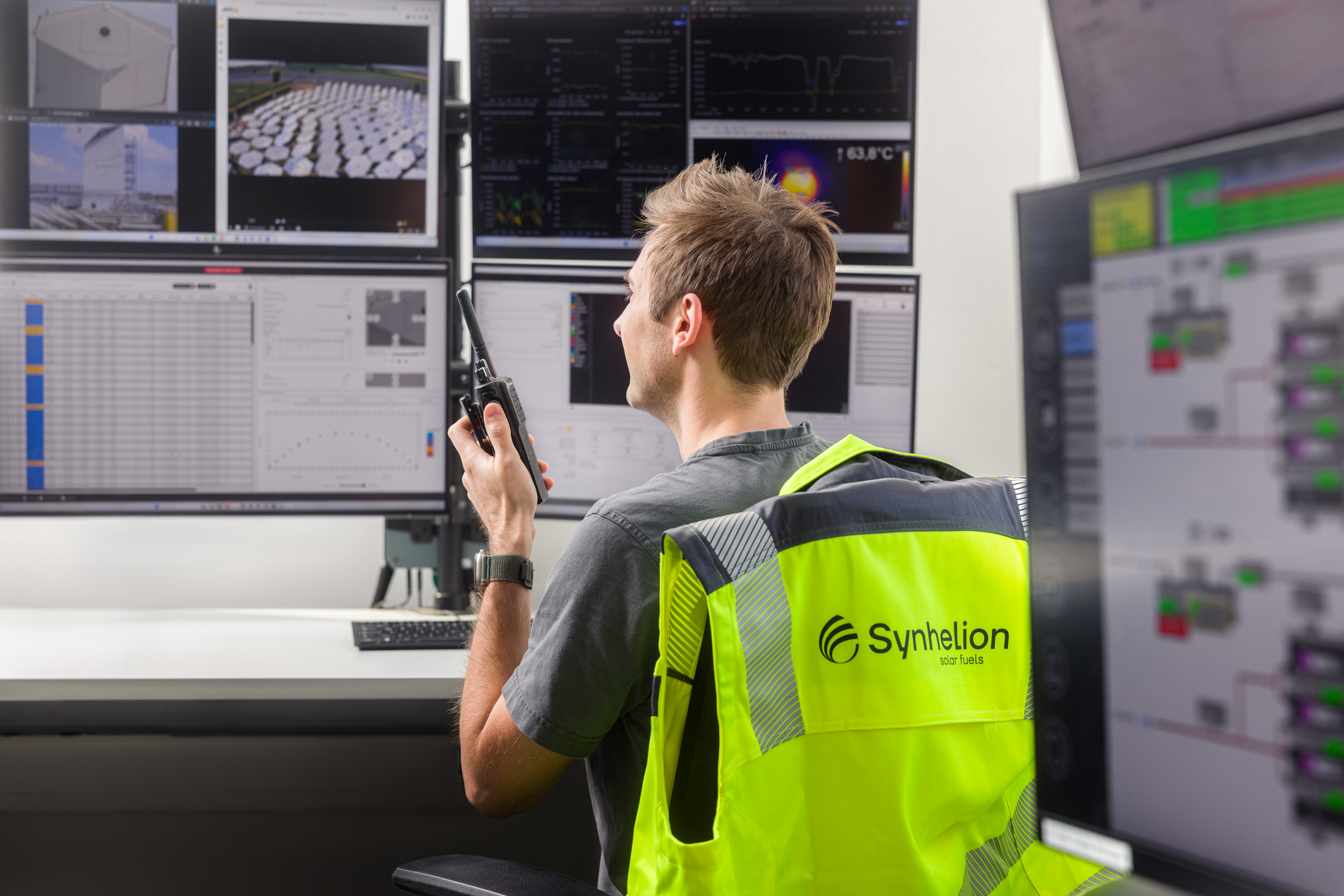
Download | Source: Synhelion
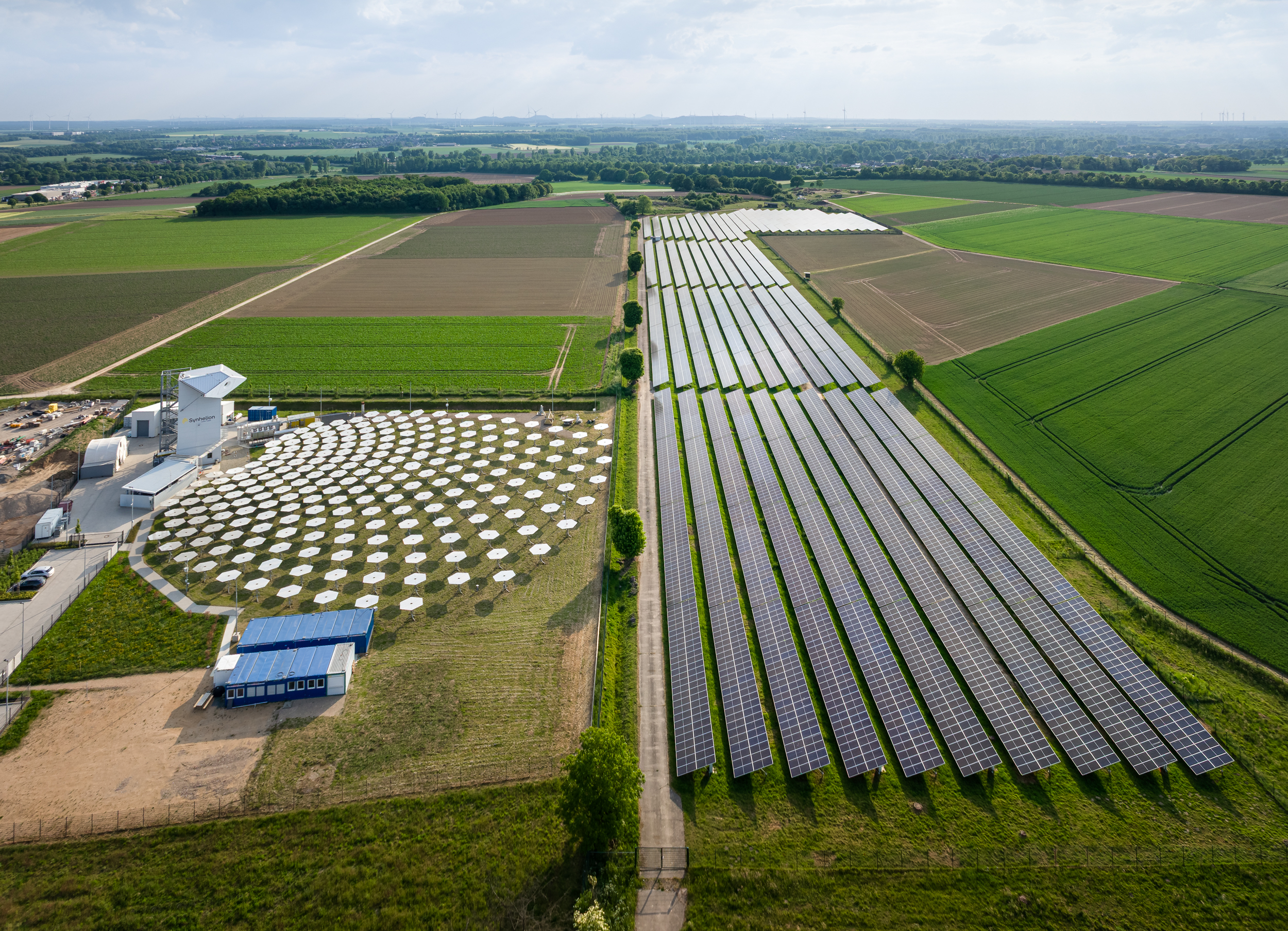
Download | Source: Synhelion
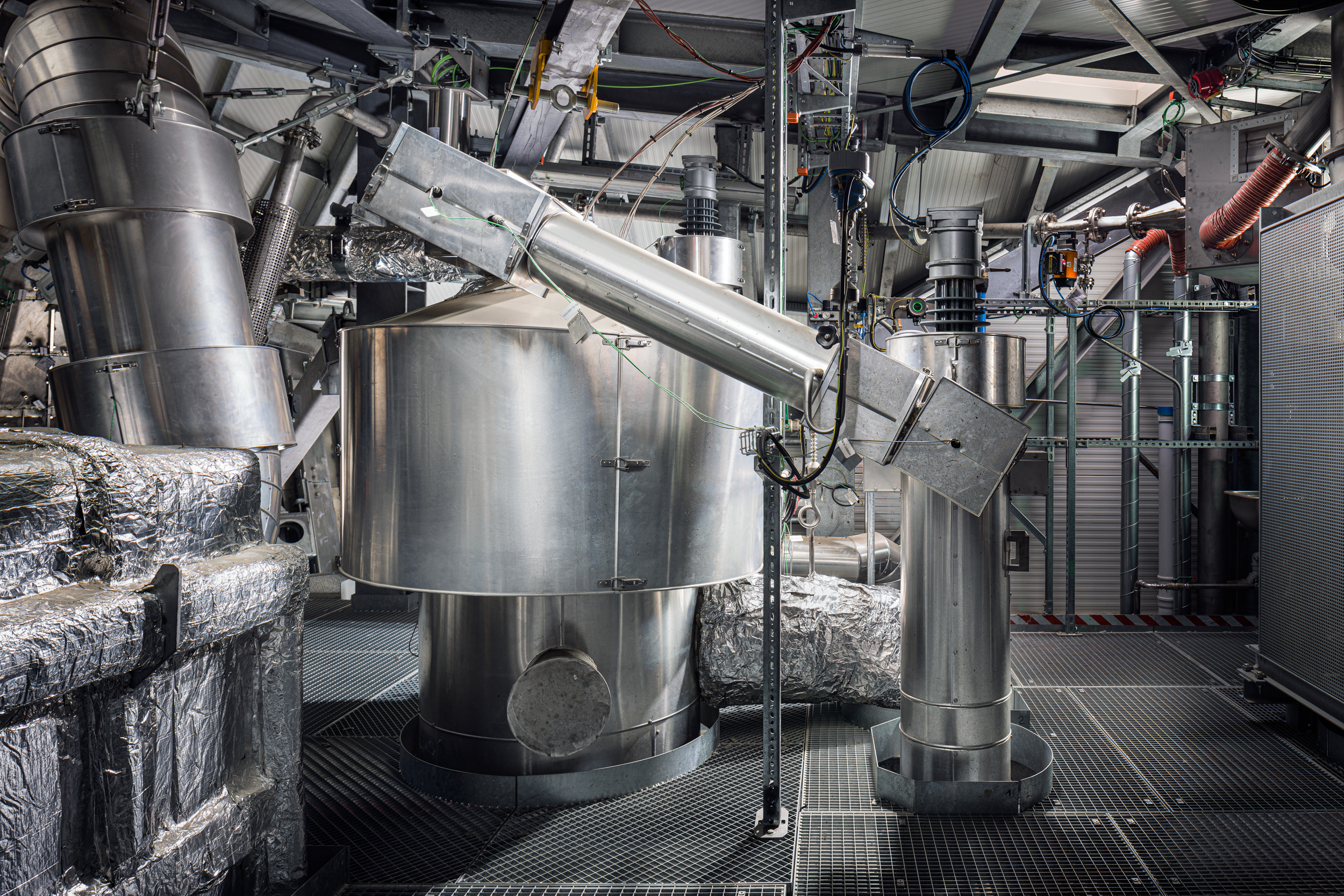
Download | Source: Synhelion
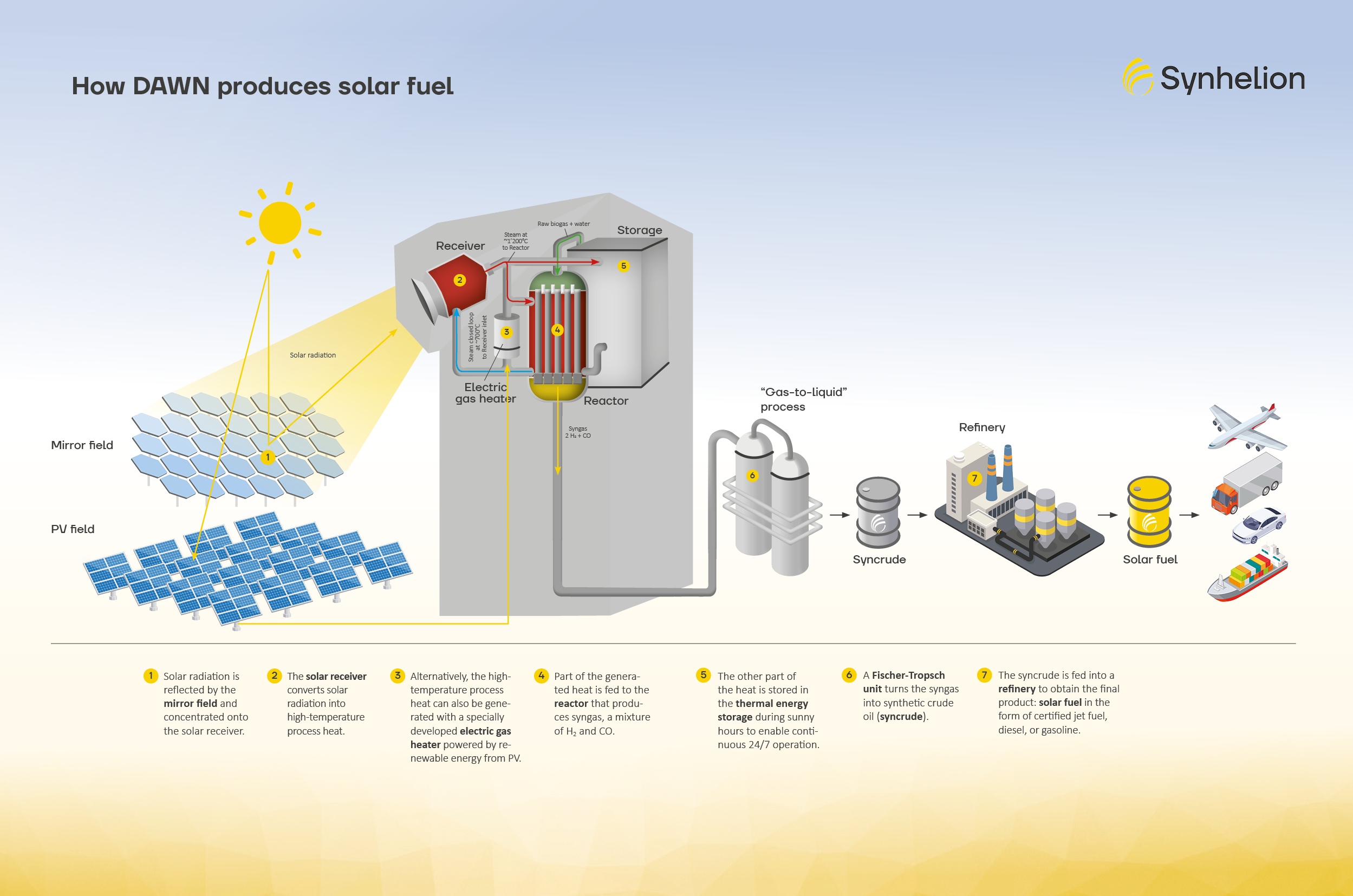
Download | Source: Synhelion
Video
Video material in higher resolution and longer sequences available upon request. Contact: media@synhelion.com
Videomaterial in höherer Auflösung sowie längere Sequenzen auf Anfrage erhältlich. Kontakt: media@synhelion.com
Download Quelle/Source: Synhelion
Download Quelle/Source: Synhelion
Download Quelle/Source: Synhelion
Download Quelle/Source: Synhelion
Download Quelle/Source: Synhelion
Download Quelle/Source: Synhelion
Download Quelle/Source: Synhelion
Synhelion image video
Take a tour of plant DAWN
Management
Dr. Gianluca Ambrosetti
CEO and Founder
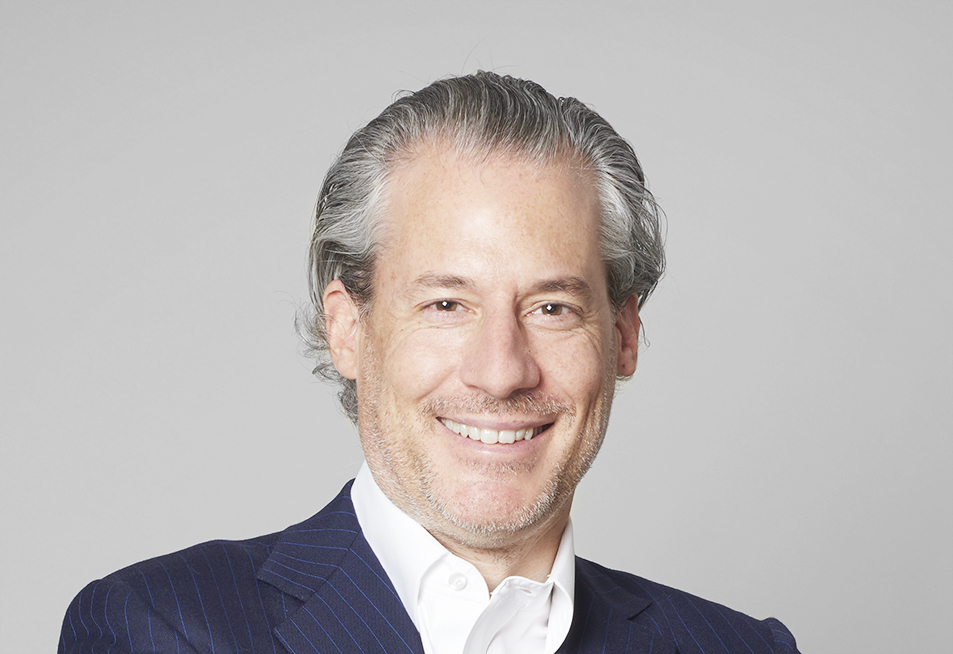
PhD in Physics/Nanotechnology
Gianluca obtained his PhD in Physics/Nanotechnology from EPFL Lausanne. He held various positions in the concentrated solar power and photovoltaics industry – among them he was Head of Research at Airlight Energy and Managing Director of Dsolar. His achievements include several patents and scientific publications, and he is the recipient of the EPFL Prix Prof. René Wasserman 2011. He co-founded Synhelion in 2016 and now holds the position of CEO, together with Philipp. Gianluca is a passionate jazz soprano saxophone player and performs regularly at concerts and jazz festivals.
Dr. Philipp Furler
CEO and Founder
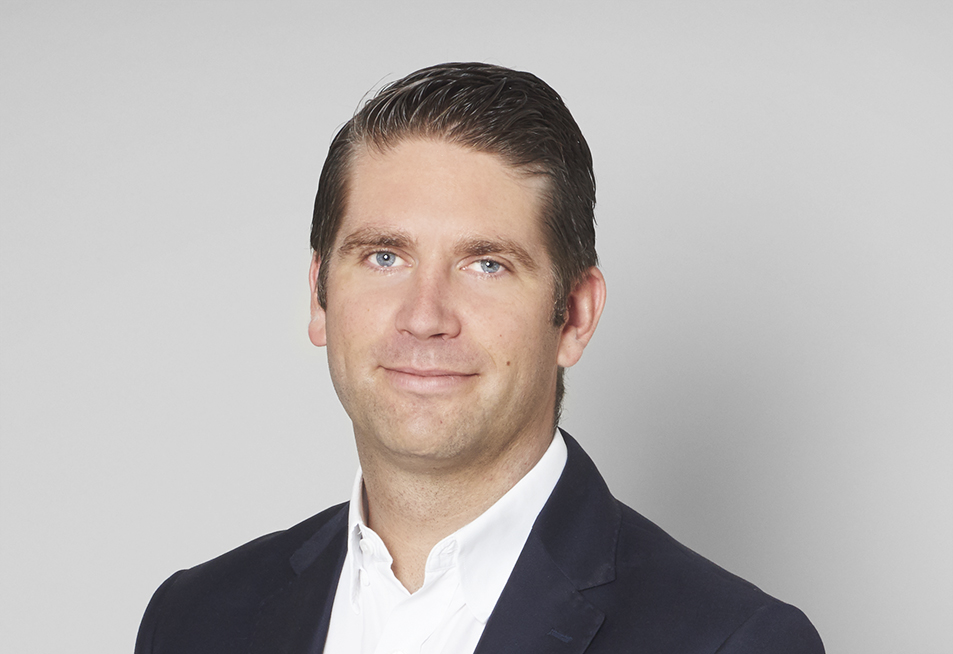
PhD in Mechanical Engineering/Solar Thermochemistry, EMBA
Philipp holds a PhD in Mechanical Engineering from ETH Zurich since 2014. In 2018, he completed his Executive MBA at the University of Strathclyde. Philipp has more than ten years of experience in high-temperature solar chemistry and reactor engineering. For several years, he served as Operating Agent – Solar Chemistry Research for the International Energy Agency’s technology program SolarPACES. Prior to joining Synhelion, Philipp co-founded the ETH spin-off company Sunredox, which was acquired by Synhelion in 2018. He now holds the position of CEO, together with Gianluca.
Dr. Philipp Good
Chief Technology Officer (CTO)
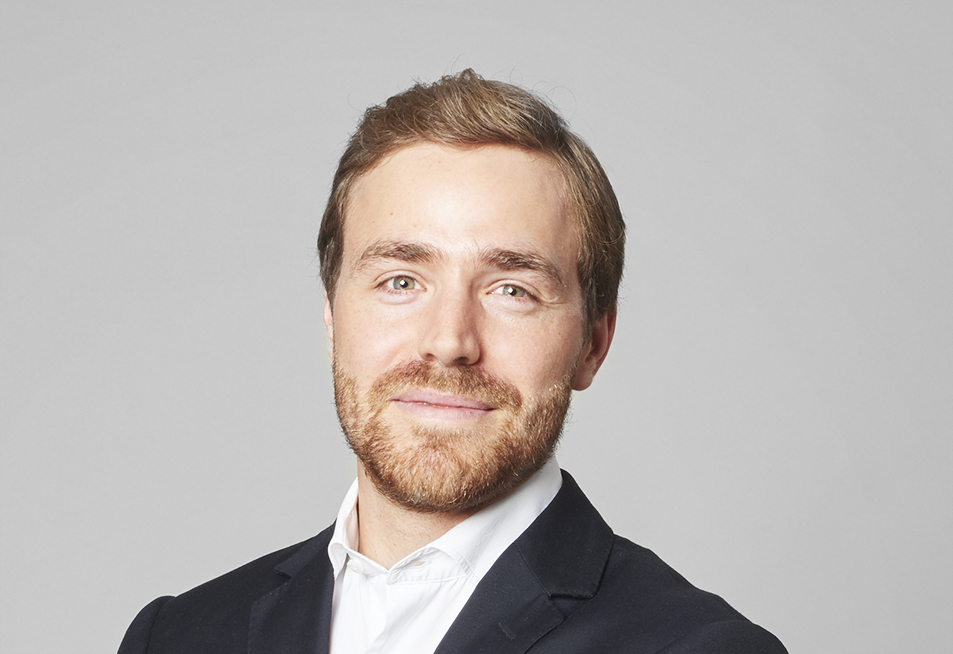
PhD in Mechanical Engineering/Solar Energy
Philipp performed his PhD research in Mechanical Engineering at ETH Zurich in close collaboration with a concentrated solar power company. He joined Synhelion in 2017. Philipp has more than seven years of experience in the design, modelling, engineering, and experimental testing of high-temperature solar receivers and the optical alignment, characterization, and operation of solar concentrators. He is a passionate tennis player and participates in tournaments and team competitions.
Thomas Syfrig
Chief Financial Officer (CFO)
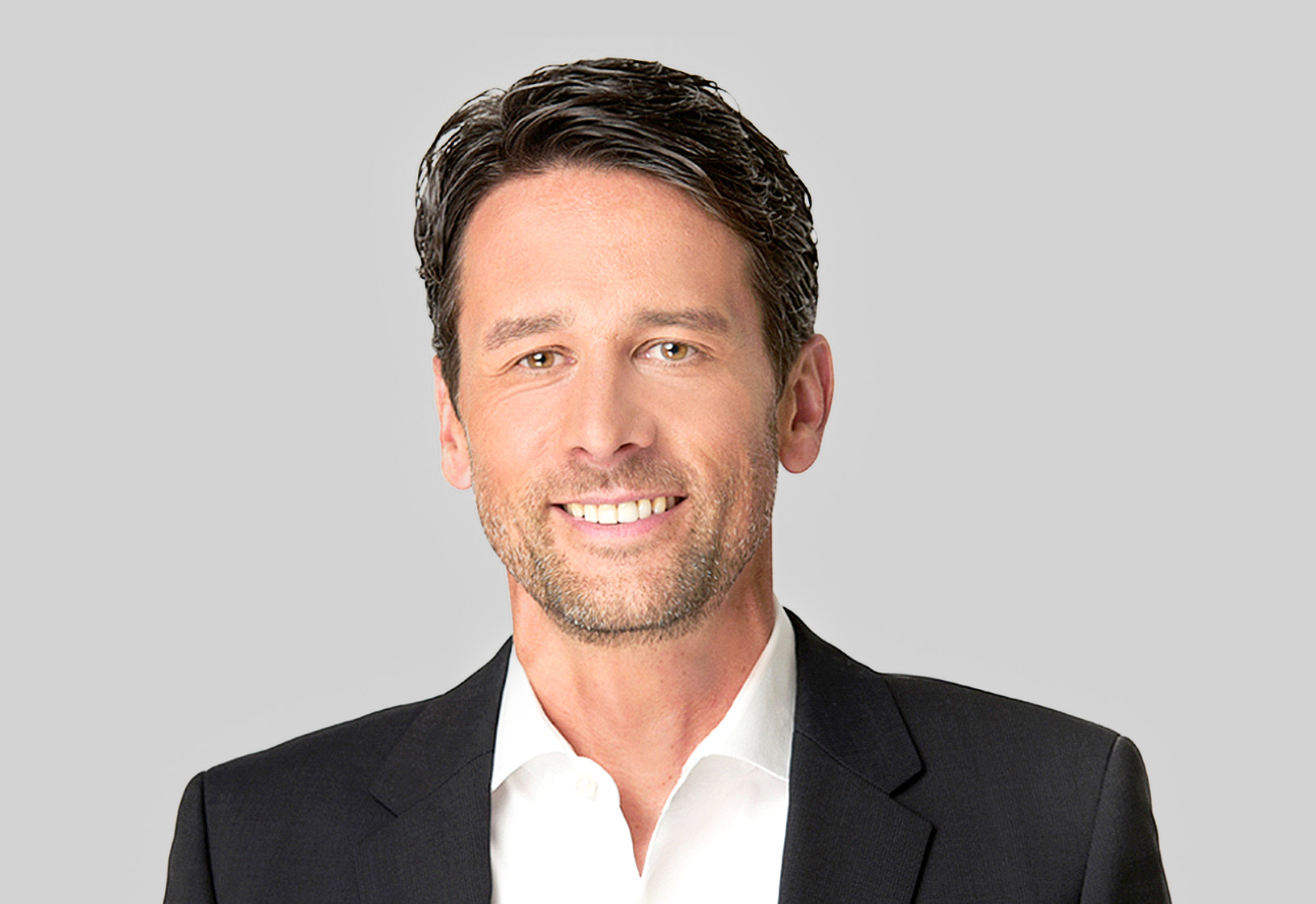
lic. oec. HSG, CFA, Advanced Federal Diploma Expert for Accounting and Controlling
Thomas is a seasoned financial professional with a broad range of experience in Switzerland and abroad. With over two decades of financial expertise including positions as CFO, he significantly contributed to major transactions, including the sale of a large telecom company, and worked as a director at Credit Suisse in Zurich and New York. Before joining Synhelion, he served as the CFO of Bergbahnen Flumserberg and the publicly traded Poenina Holding until its merger with Burkhalter Group. He holds a Licentiate in Business Administration from the University of St. Gallen as well as an Advanced Federal Diploma as Expert for Accounting and Controlling and is a CFA charterholder. He loves spending time in the mountains. Alternatively, he enjoys water activities, both below and above the surface.
Patrick Hilger
Managing Director Synhelion Germany
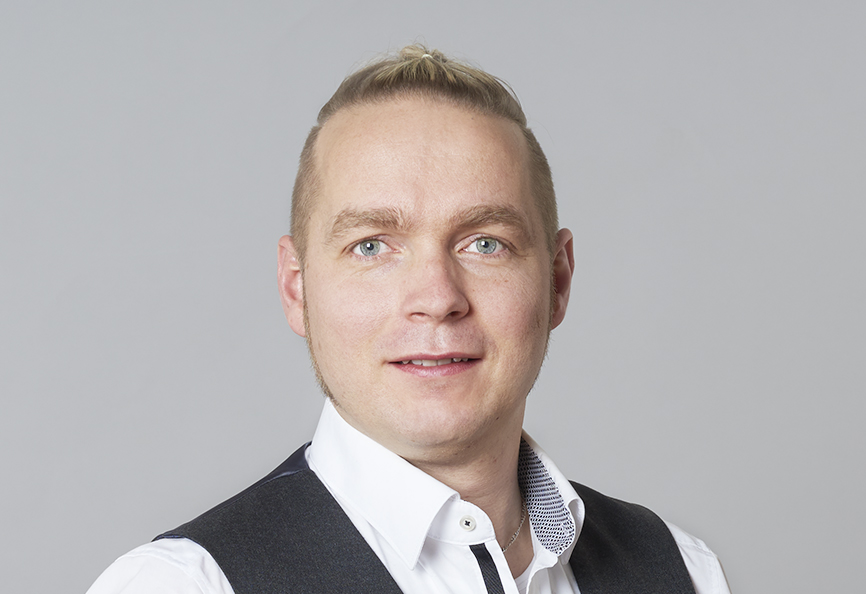
MSc in Energy Engineering
Patrick graduated with a Master of Science in Energy Engineering from RWTH Aachen University. He worked as a project engineer for the research institutions Solar Institute Jülich (SIJ) and German Aerospace Center (DLR) in the field of heliostat development and played a key role in the design and construction of Synlight, the largest artificial sun in the world. Together with Prof. Dr. Bernhard Hoffschmidt, he founded Heliokon GmbH in 2016, which has been part of Synhelion as Synhelion Germany GmbH since 2021.
Simon Dieckmann
Managing Director Synhelion Germany
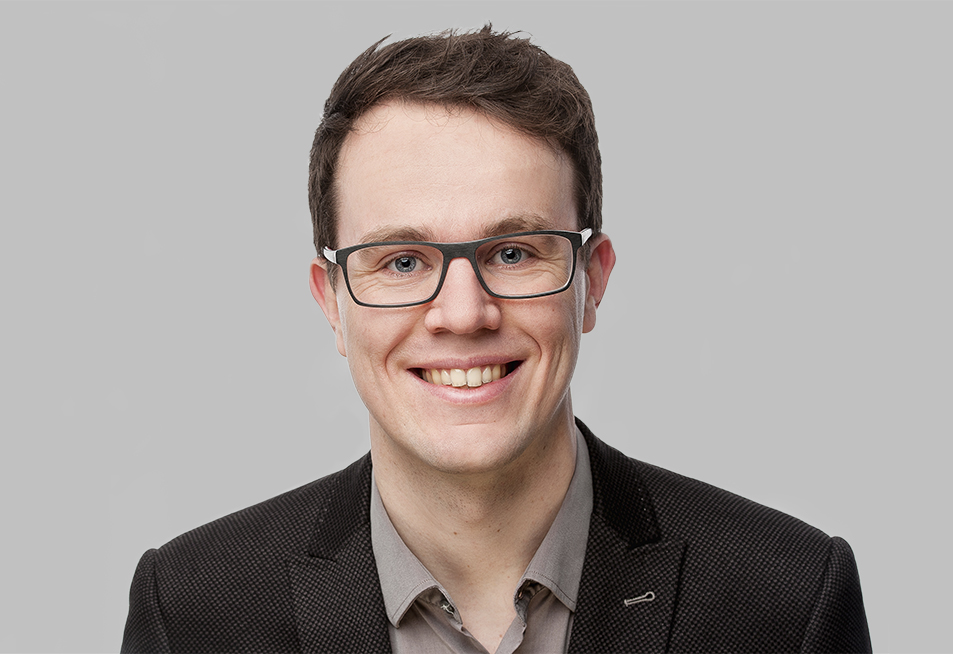
Dipl.-Ing. Mechanical Engineering + Dipl.-Ing. Engineering & Business
Simon holds a degree in Mechanical Engineering with focus on aerospace technology and a degree in Engineering & Business from RWTH Aachen University. Before joining Synhelion in 2019, he worked for several years as a research engineer at the German Aerospace Center, where he gained extensive experience in the techno-economic assessment of renewable energy technologies and CSP-related software development.
Measurements
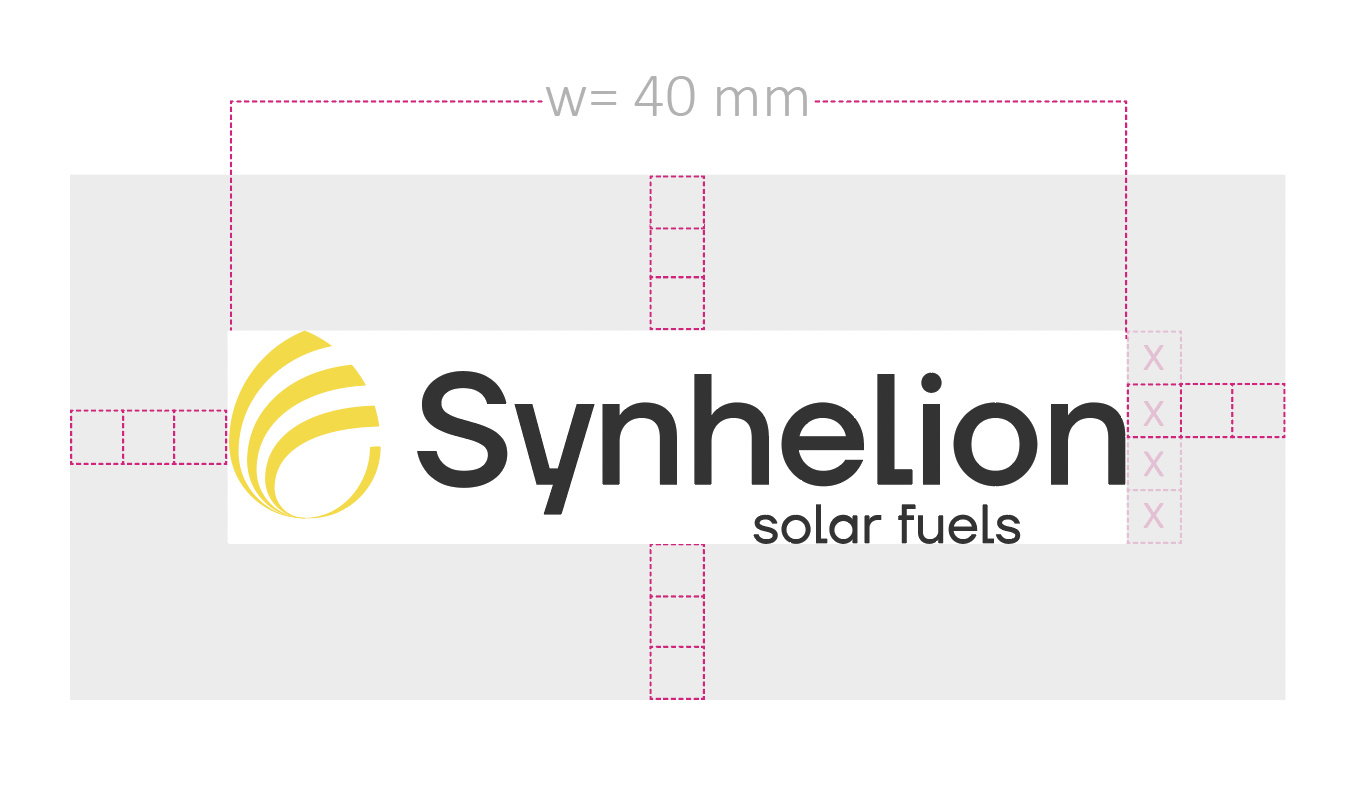
Minimum spacing
w = 40 mm
h = 9,5 mm
Protected space around logo
3× (increases proportionally)
